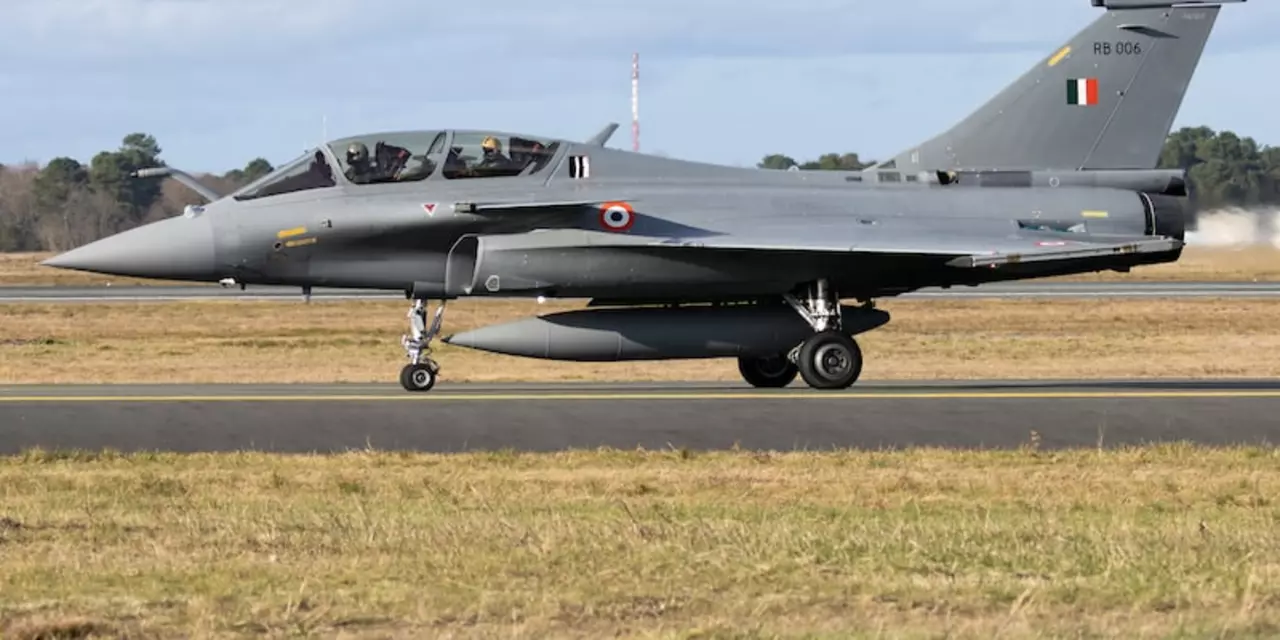Aviation Safety – What’s Happening Now?
When you think about flying, safety should be the first thing on your mind. From commercial jets to military fighters, every aircraft relies on a mix of solid engineering, regular maintenance, and trained crews. In this category you’ll find the freshest news, real‑world examples, and easy‑to‑apply advice that keeps the skies safer for everyone.
Why Some Air Forces See More Crashes
One story that keeps popping up is the Indian Air Force’s higher-than‑average crash count. A recent article breaks down the key reasons: an aging fleet, limited spare parts, and gaps in pilot training. Add to that the pressure of flying older aircraft with newer mission demands, and the risk rises. The piece also highlights steps the government is taking—like upgrading avionics and expanding maintenance facilities—to turn the tide.
Understanding this situation helps us see the bigger picture. When a military force struggles, commercial airlines can learn too. For instance, many airlines now schedule more frequent checks on older planes, even if the regulator’s schedule says it’s okay. That extra attention can catch wear before it becomes a safety issue.
Practical Tips for Pilots and Passengers
Whether you’re a cockpit veteran or a passenger checking in, a few habits go a long way. Pilots should always run a quick pre‑flight checklist that includes a visual inspection of critical components—especially on older models. Keeping a log of any odd noises or performance quirks makes it easier for maintenance crews to spot patterns.
Passengers can do their part, too. Pay attention to the safety briefing, even if you’ve flown dozens of times. Locate the nearest exits and understand how the seat‑belt works. If you ever notice a strange smell or a rattling noise during takeoff, let the crew know right away.
Another often‑overlooked factor is weather. Modern aircraft have sophisticated weather radar, but pilots still need to trust their instincts and avoid severe turbulence when possible. For airlines, investing in real‑time weather data can cut the chance of weather‑related incidents dramatically.
Maintenance teams are the unsung heroes of aviation safety. A proactive approach—like predictive analytics that flag parts likely to fail—helps prevent accidents before they happen. Many airlines now use sensors that feed real‑time data into AI models, spotting wear that a human eye might miss.
Finally, regulation matters. Aviation authorities regularly update safety standards, but compliance isn’t a one‑time checkbox. Continuous training, regular audits, and transparent reporting keep the whole system honest. When an incident does occur, a thorough investigation uncovers root causes, and the industry adapts.
Staying on top of aviation safety means keeping an eye on the headlines, learning from incidents, and applying simple best practices every day. Dive into the posts below to get the details you need, whether you’re curious about the latest IAF crash analysis or looking for quick safety hacks for your next flight.
Why India Air Force had the most numbers of planes crashing?
0 Comments
The Indian Air Force (IAF) has the highest number of plane crashes in the world. This is due to a variety of reasons, including an aging fleet of aircraft, inadequate maintenance, and lack of modern technology. The IAF has been facing a shortage of pilots, a lack of spare parts, and inadequate training. Moreover, the IAF has been facing a number of accidents due to human error. The government has taken steps to improve the safety of the aircraft, but there is still room for improvement.
Read More